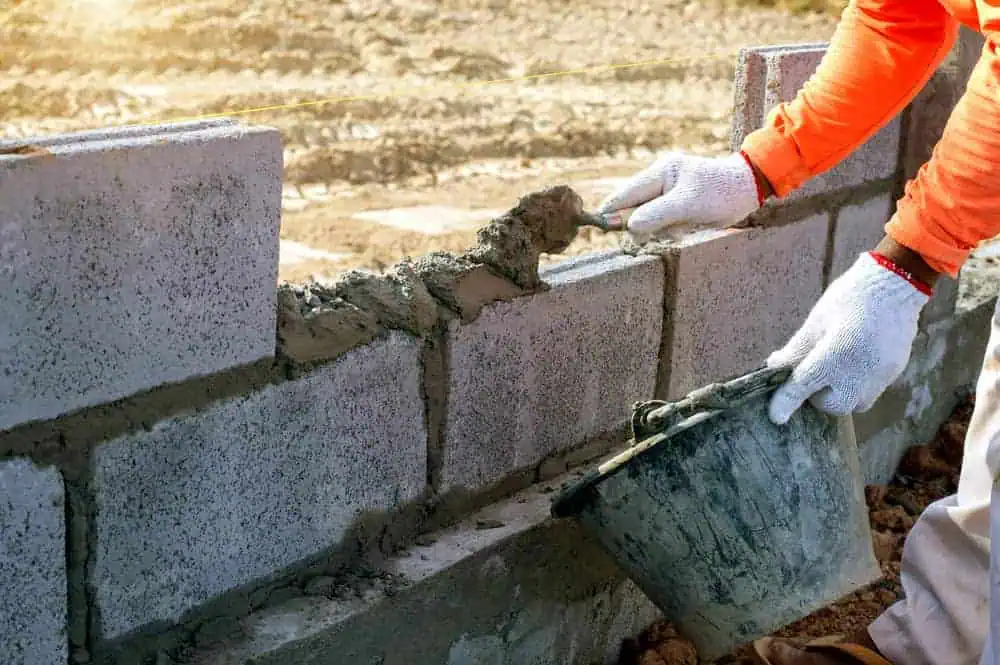Masonry Contractor in Watertown, MA
Professional chimney masonry repair services in Watertown, MA. We offer reliable and affordable solutions for all your masonry needs.
Call Us Today: 508-501-3272

Understanding the various cost factors is essential when it comes to chimney masonry repair in Watertown, MA. Homeowners in Middlesex County can rely on Academy Masonry for expert services.
One major factor affecting the cost is the extent of the damage. Small cracks may only require minor repairs, while more severe damage might need a complete rebuild. Labor costs vary, but choosing a reputable company like Academy Masonry ensures skilled craftsmanship.
Our team has years of experience in chimney masonry repair, ensuring high-quality and reliable service.
Serving Watertown, MA and Middlesex County, we understand the unique needs of our community.
Academy Masonry is committed to exceeding customer expectations. Call us at 617-388-5207 to learn more about our services.

The cost of chimney masonry repair in Watertown, MA can vary based on several key factors. One major factor is the extent of the damage. Minor repairs only involve fixing small cracks, which are generally more affordable and quicker to address. In contrast, significant damage, such as large structural cracks or a leaning chimney, could require a complete rebuild, substantially increasing the cost.
Another important consideration is the type of materials used. Chimney masonry repair can involve materials, from basic bricks to high-end stone or specialized mortar mixes. Higher quality bricks and mortar will naturally increase the cost but also ensure a more durable and long-lasting repair. This means fewer repairs in the future, potentially saving money in the long run. It’s also worth noting that using materials that match the existing structure can enhance your home’s overall appearance and value.
Skilled masons are essential for ensuring a safe and effective repair, so choosing a reputable company like Academy Masonry guarantees that you receive skilled craftsmanship. This is particularly important in Middlesex County, where the local climate and building standards may require specific expertise to address unique challenges.

Hiring a professional for your chimney masonry repair in Watertown, MA offers numerous benefits. First and foremost, it ensures the job is done correctly and safely. Chimneys are critical to your home’s structure, and improper repairs can lead to serious issues. Professionals have the necessary training and experience to handle these repairs effectively, reducing the risk of future problems.
Professional repairs by Academy Masonry can significantly increase the value of your home. A well-maintained chimney looks better and functions more efficiently, which can be a strong selling point if you decide to put your house on the market. Potential buyers are more likely to trust a property that has been cared for by professionals, making your home more appealing.
Regular maintenance and timely repairs can prevent more extensive damage in the future. Addressing issues early can save you money in the long run by avoiding costly emergency repairs. Routine inspections and maintenance performed by professionals can catch minor problems before they become major ones, ensuring your chimney remains in good condition for years. This proactive approach is precious in Middlesex County, where weather conditions can be harsh.
Watertown is a city in Middlesex County, Massachusetts, United States, part of Greater Boston. The population was 35,329 in the 2020 census. Its neighborhoods include Bemis, Coolidge Square, East Watertown, Watertown Square, and the West End.